Home Information Pictures Maps Google Map Visit the fault Earthquakes Be Prepared ShakeOut! Feel it?
Tectonics Volcanoes Tsunamis California geology History Myths Organizations Links About Research

The San Andreas fault's nick name is "SAF".
The BIG ONE
The 2010 Haiti earthquake was only a magnitude 7, but collapse of poorly-constructed buildings resulted in more than 200,000 deaths. Photos from http://www.davelabaw.com/.
|
|
Even those who survive the immediate earthquake will find themselves in danger. The first thing they will need is water, but most water mains will probably have been broken. Utilities such as electricity, natural gas, gasoline, telephones, etc. will be interrupted for days, weeks or longer. Medical facilities will be jammed and unable to handle the casualties. Most people will not be able to get to the hospital because roads will be damaged. Banks will be closed, as will any organization that relies on the internet. Little if any food or medicine will reach the area, and radio/TV communications will be spotty at best. The best way to prepare for the BO is to plan on camping for two weeks; think sleeping bags, tents, and living outdoors. This means not only basic necessities (food, water, clothing, shelter) but the knowledge of how to survive. For more information visit the Be Prepared and ShakeOut! pages on this site. |
Information about the Big One
USGS report about the Big One in the San Francisco areaYuri Fialko's paper in Nature
A "Big One" scenario in southern California
Water supply after the Big One
Article about the Big One
Uniform California Earthquake Rupture Forecast (UCERF)
Short USGS article about UCERF
More on UCERF from the USGS
Commentary on earthquake predictions
(Anxiously) Waiting for the Big One
Please help us make this site better. Email us suggestions, pictures, links, etc. here.
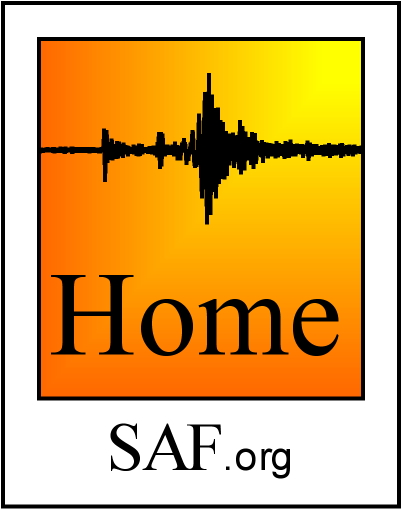
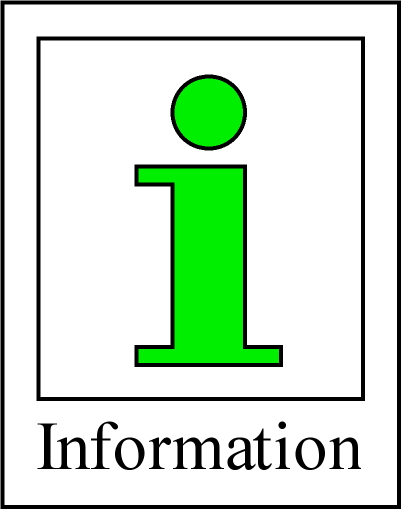
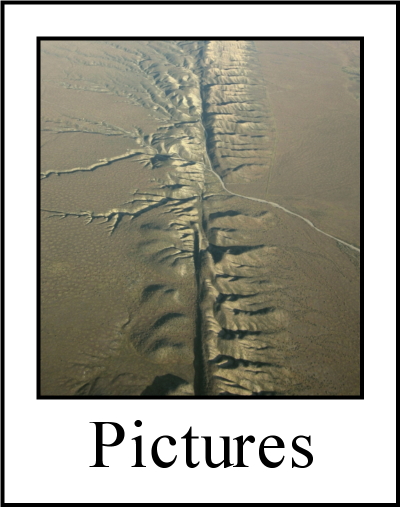
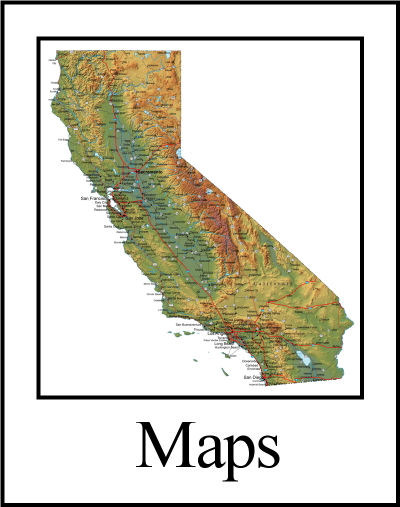
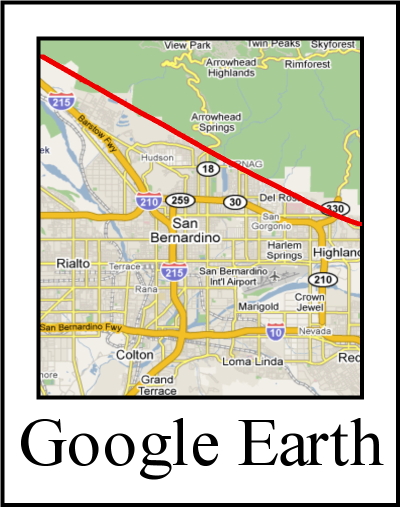
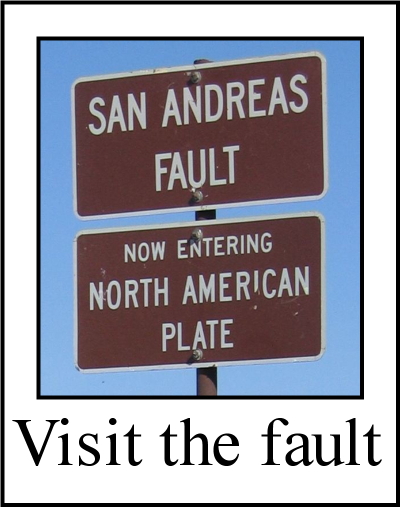
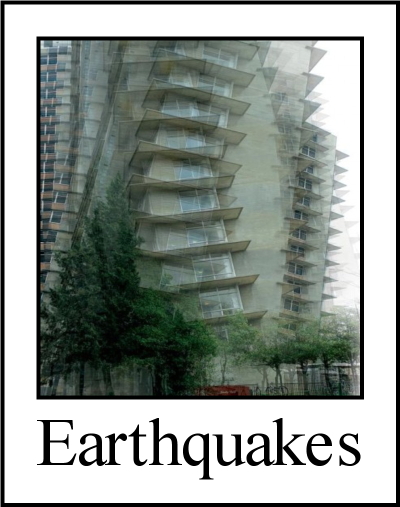
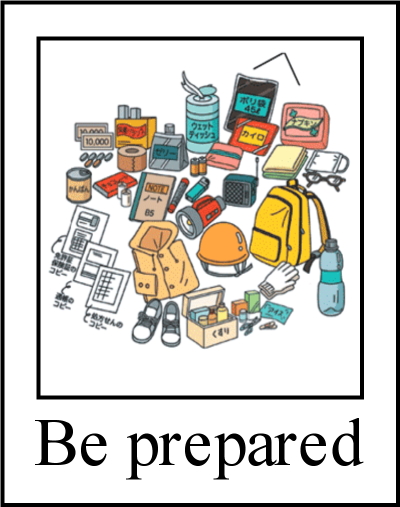
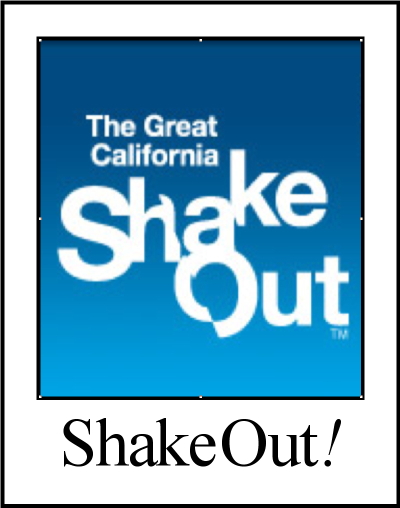

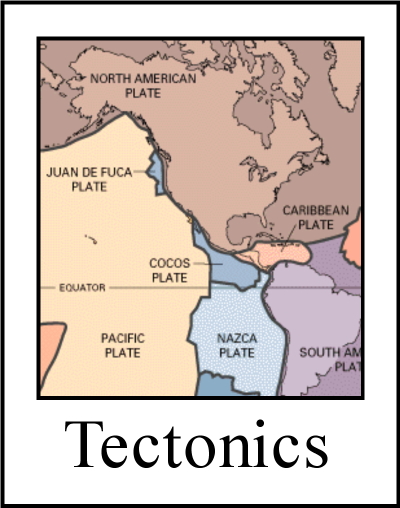
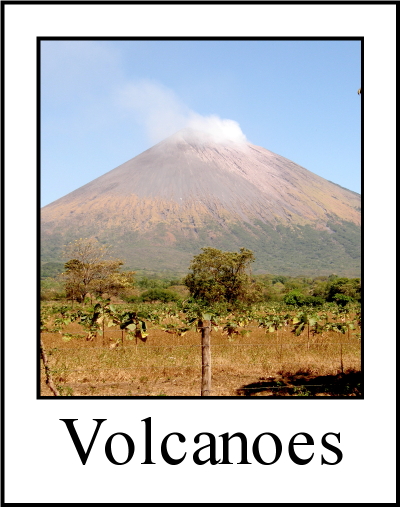
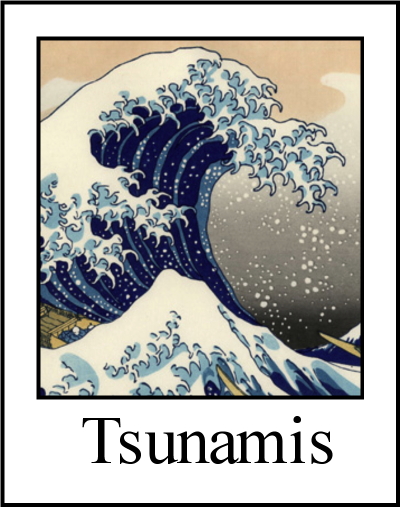
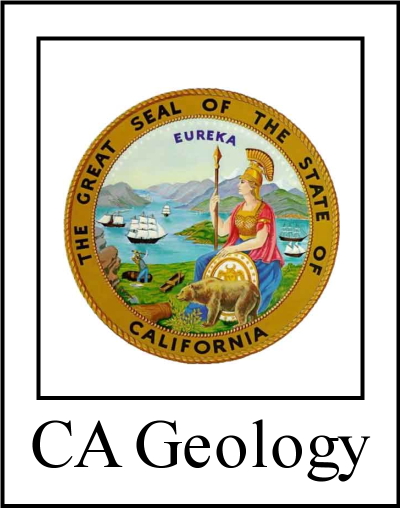
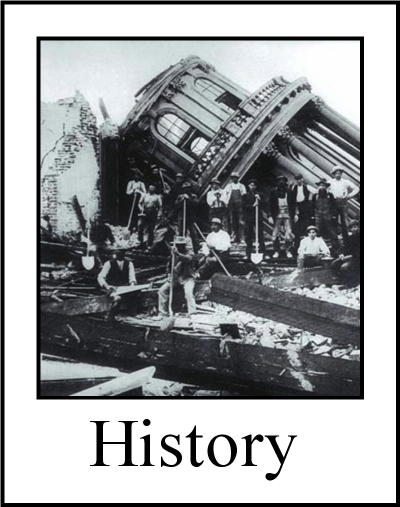
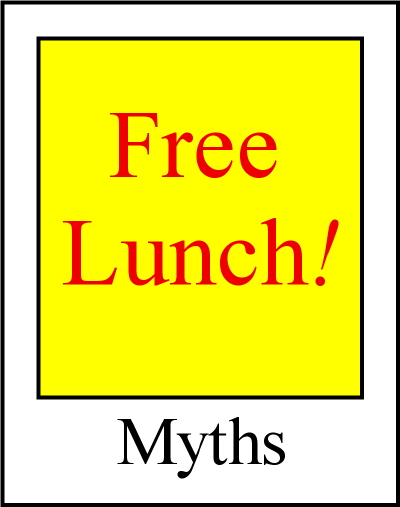
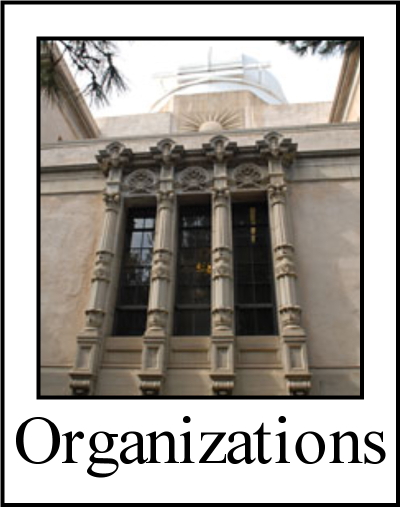


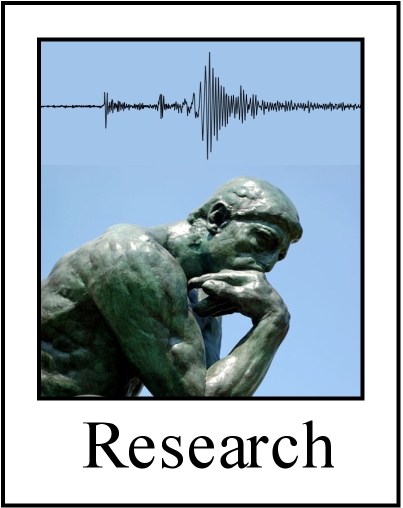
Copyright � 2009, 2010 David K. Lynch. All Rights Reserved.
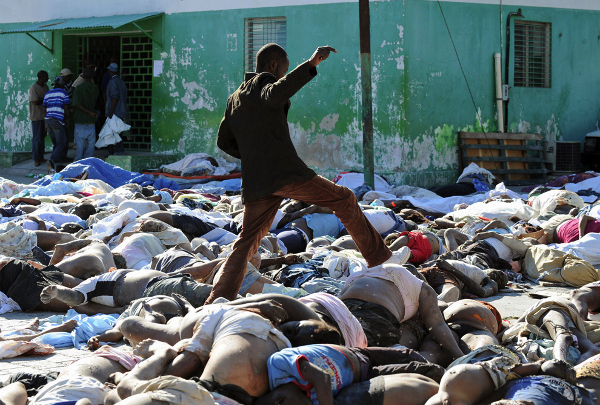
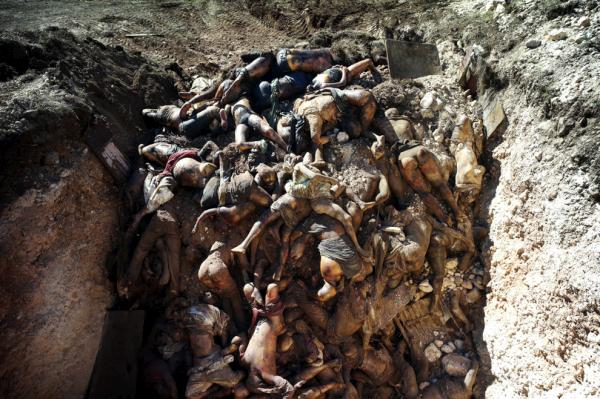
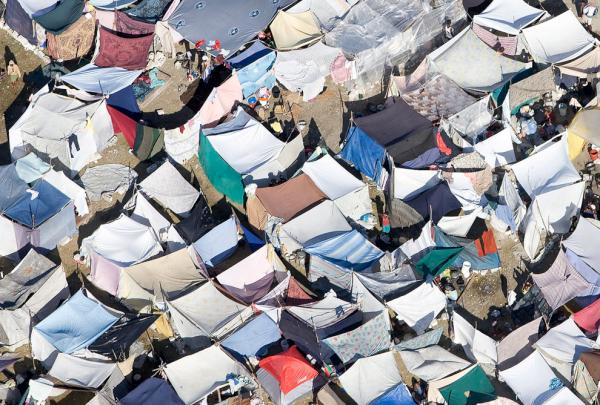
 The 'Big One' is a hypothetical earthquake of magnitude ~8 or greater that is expected to happen along the SAF. Such a quake will produce devastation to human civilization within about 50-100 miles of the SAF quake zone, especially in urban areas like Palm Springs, Los Angeles and San Francisco.
The 'Big One' is a hypothetical earthquake of magnitude ~8 or greater that is expected to happen along the SAF. Such a quake will produce devastation to human civilization within about 50-100 miles of the SAF quake zone, especially in urban areas like Palm Springs, Los Angeles and San Francisco.